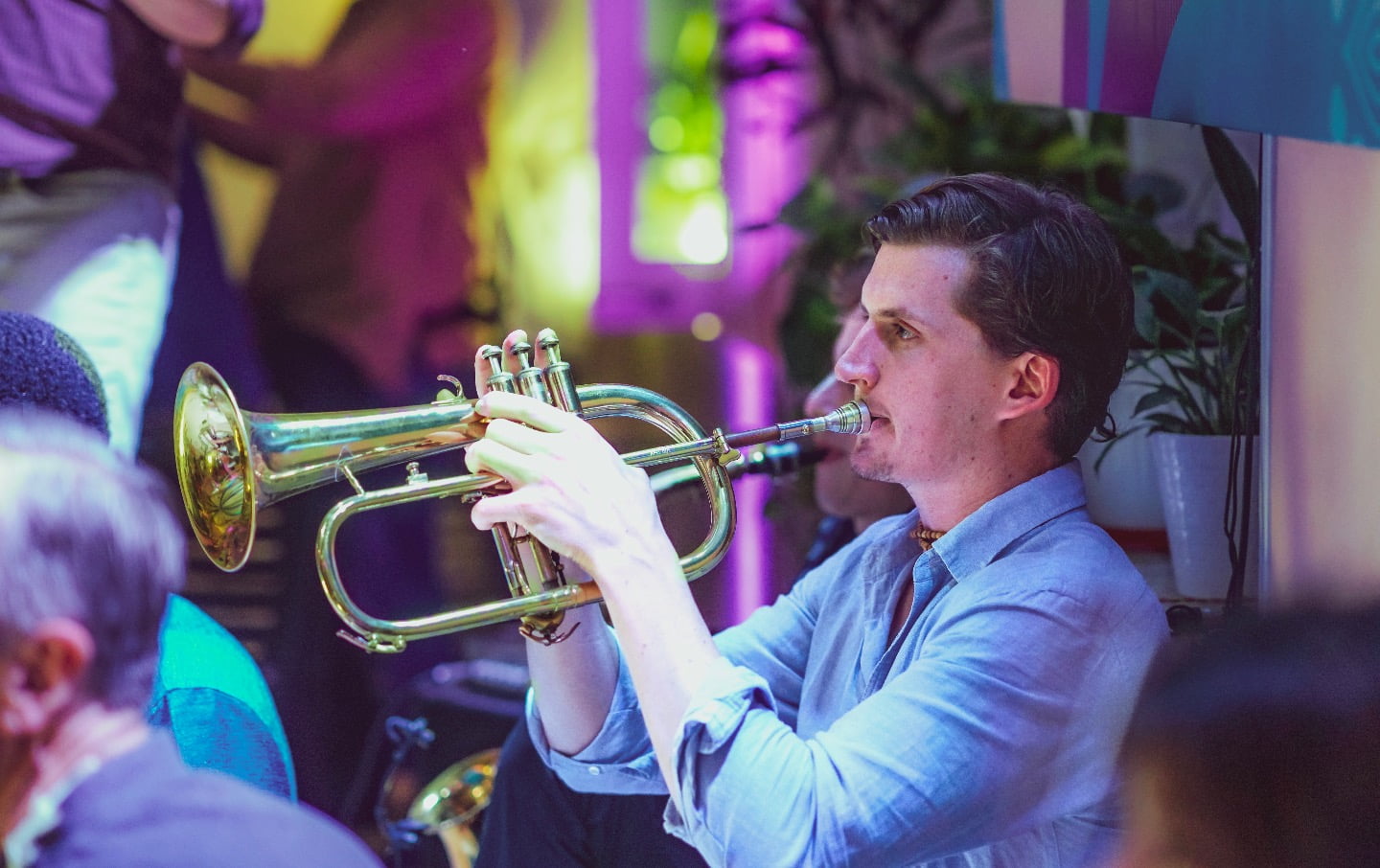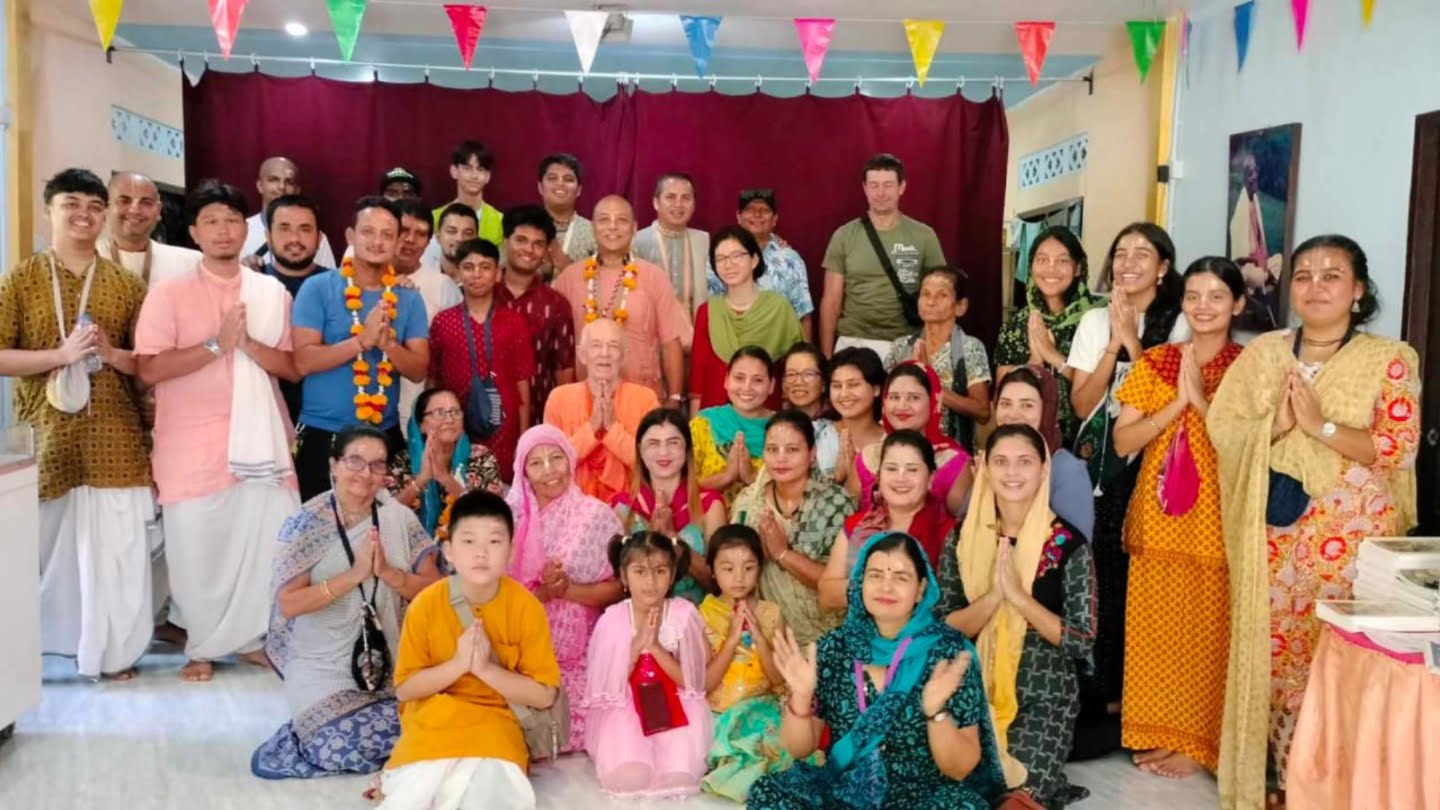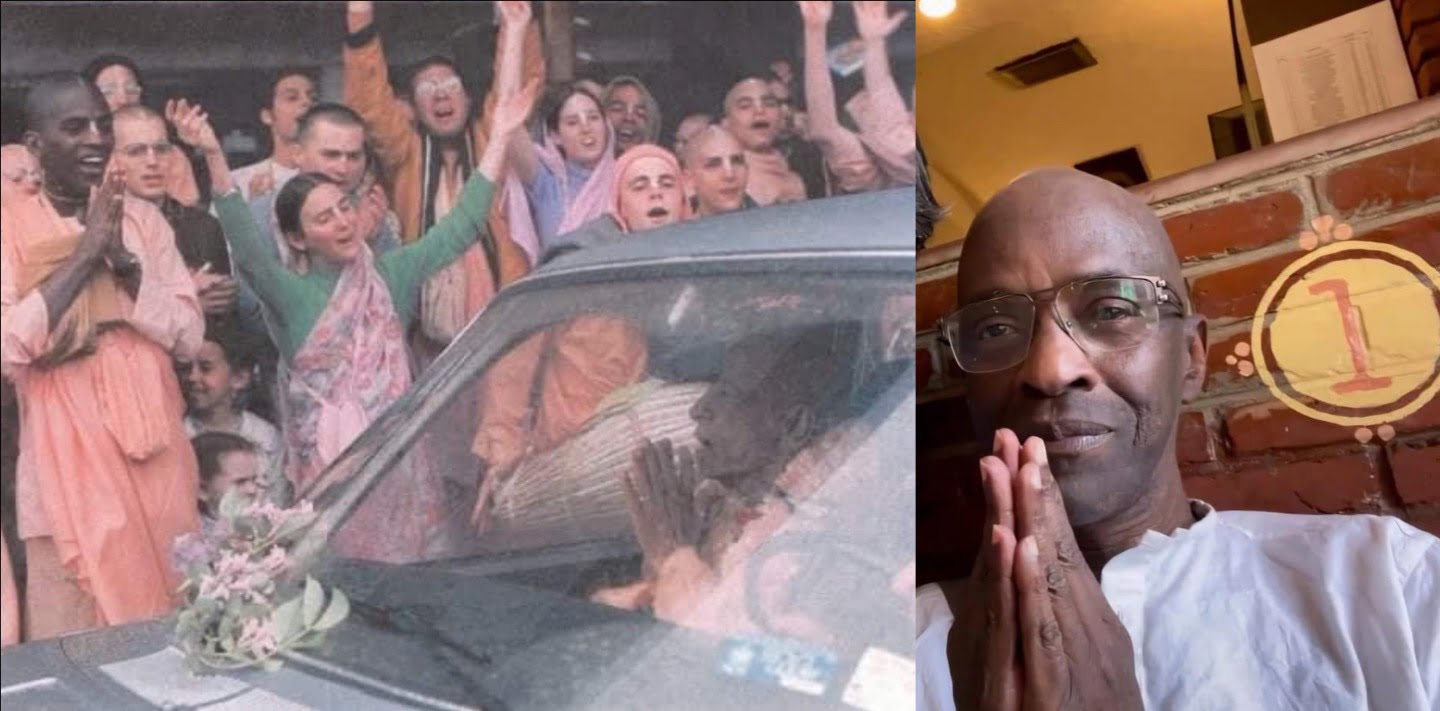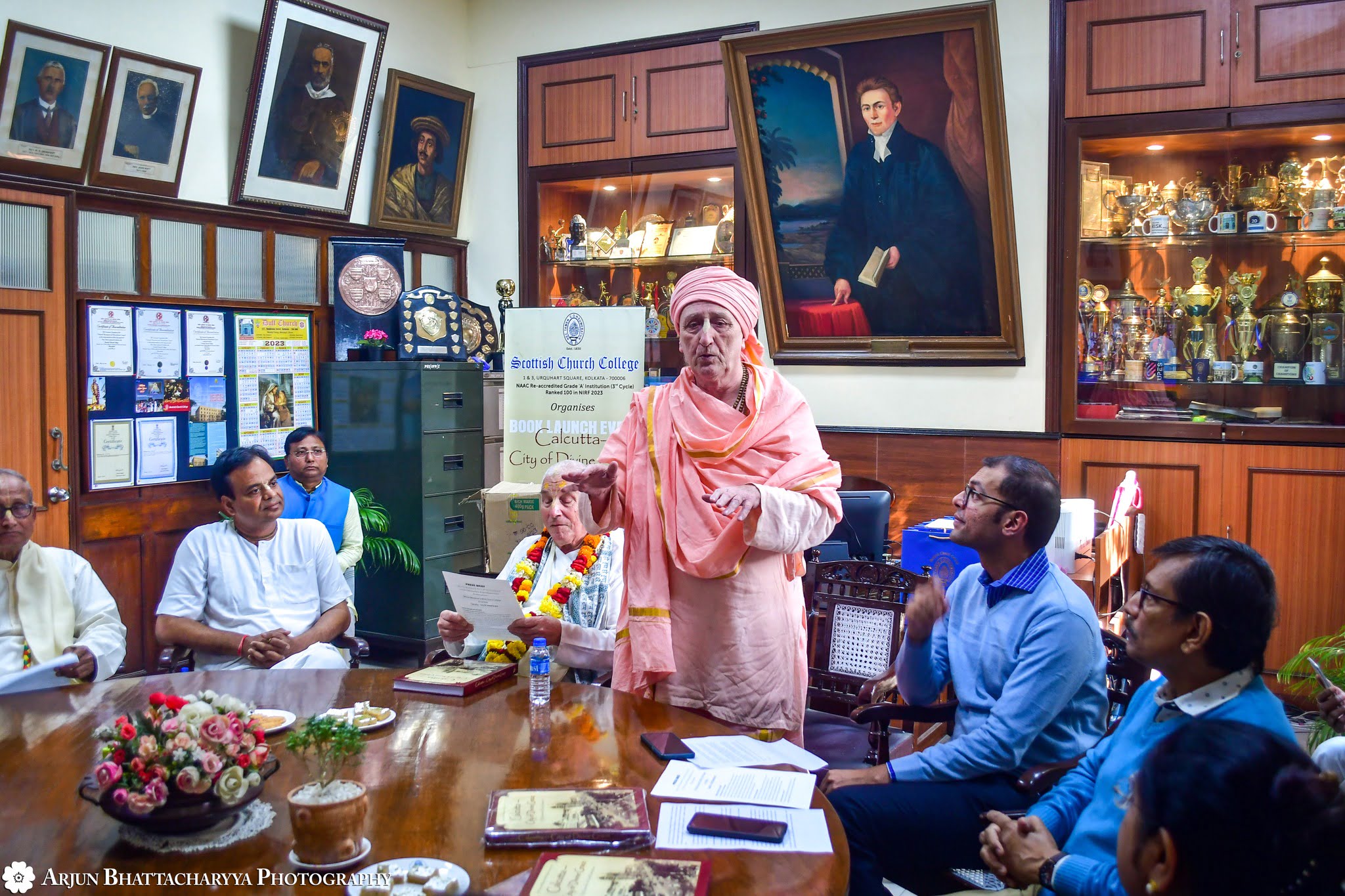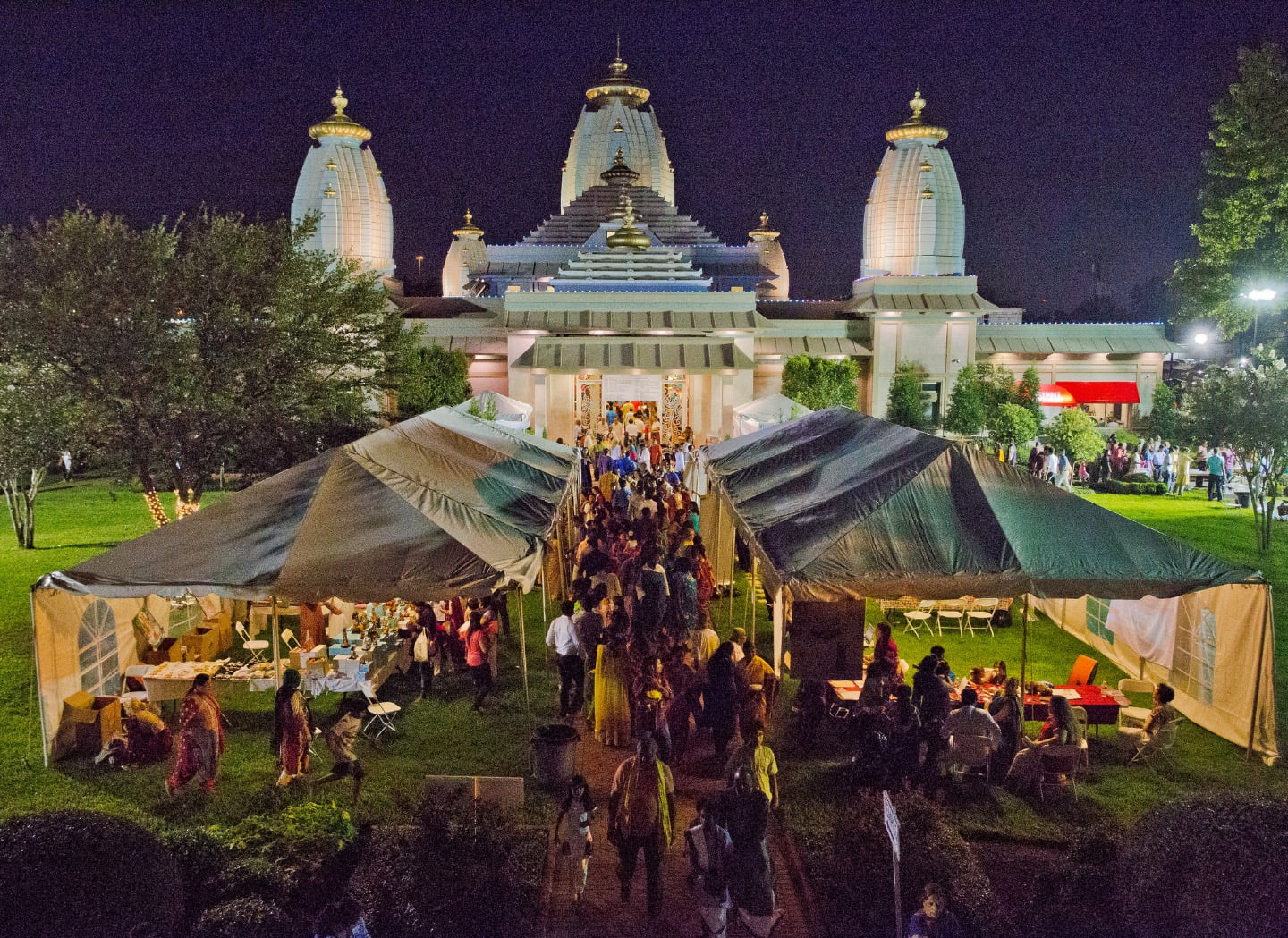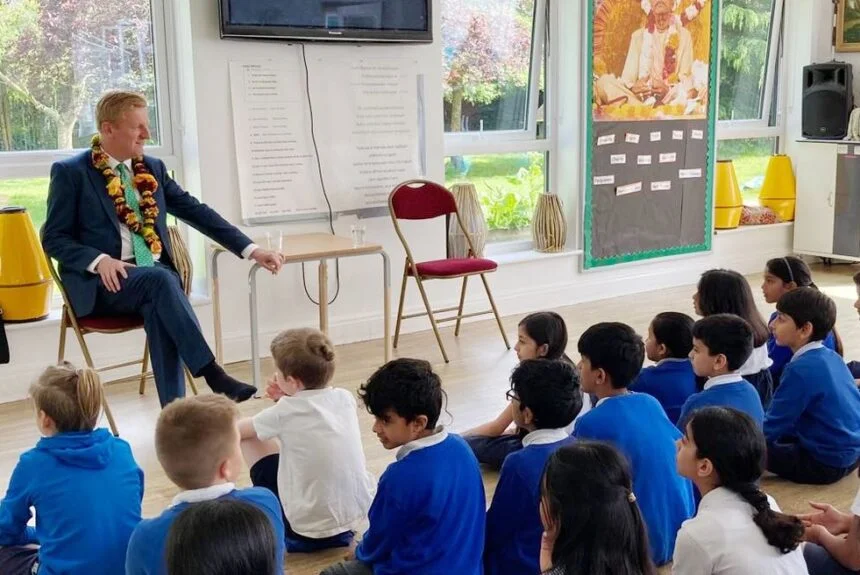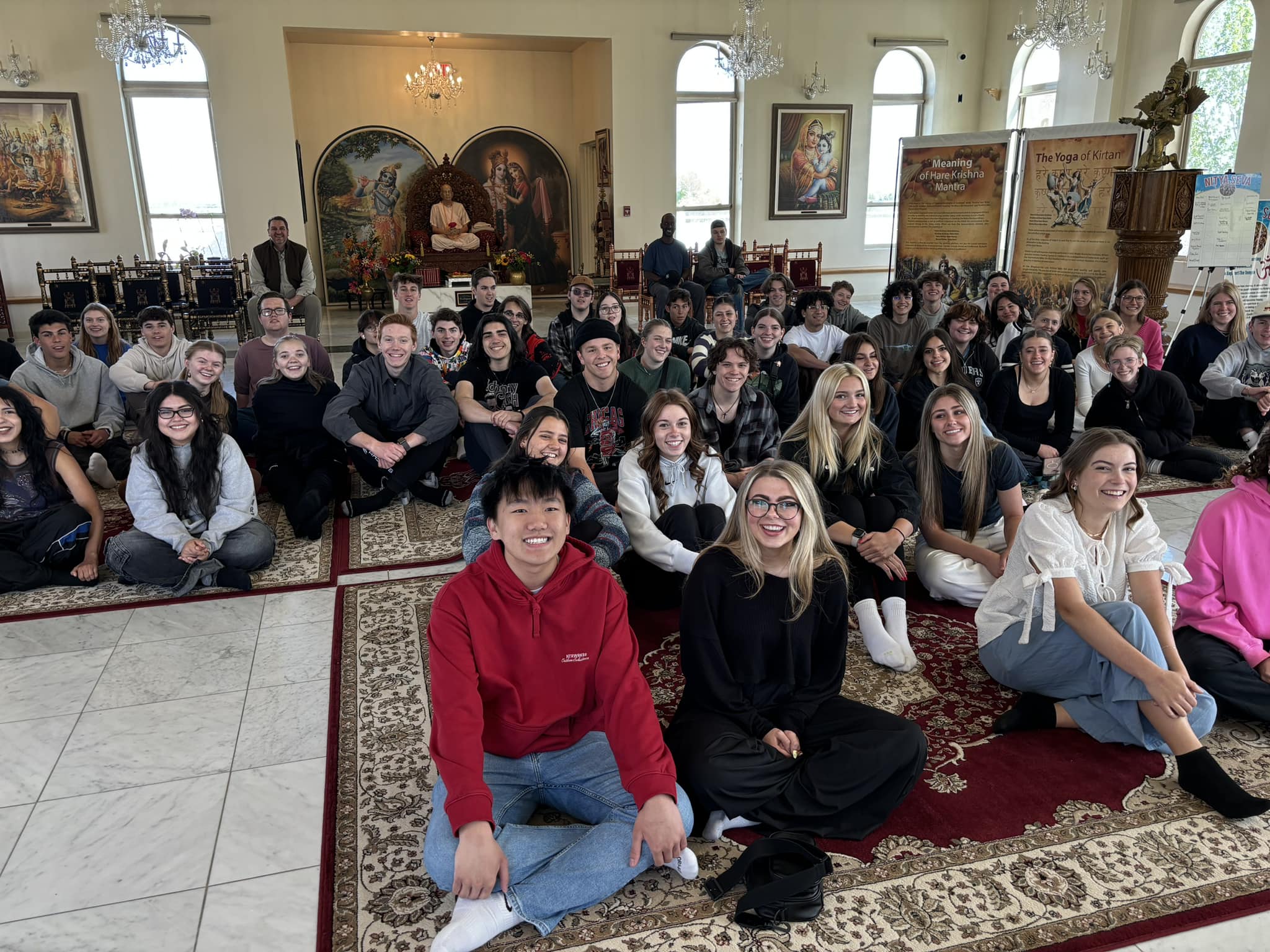Temple of the Vedic Planetarium to Have World-Class Acoustics
By Madhava Smullen | Mar 03, 2012
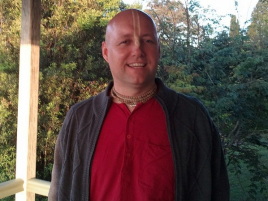
Construction on ISKCON’s flagship temple—the Temple of the Vedic Planetarium—is charging full speed ahead in the Gaudiya Vaishnava holy town of Mayapur, West Bengal.
Predicted by 19th century Vaishnava saint Bhaktinode Thakura, and planned by ISKCON founder Srila Prabhupada, the temple was inaugurated in February 2010 and is set for a 2016 grand opening in honor of ISKCON’s 50th anniversary.
The project will have a 300 foot-high dome inspired by Washington D.C.’s Capitol building, a huge, detailed chandelier model of the universe as described in the fifth canto of the ancient Vedic text Srimad Bhagavatam, a planetarium theater, and an ornate altar housing Sri Sri Pancha-Tattva, Sri Sri Radha-Madhava, and the Six Goswamis of Vrindavana.
With fifty engineers, 800 laborers, and dozens more team members working on it, however, every single facet of the temple is unique and fascinating.
One of those facets particularly worth a look is the temple’s acoustics.
“Properly hearing the Holy Name of Krishna in both chanting and spoken word is the essence of our practice as ISKCON devotees,” says acoustics coordinator Deva Gaura Hari Dasa. “So I felt passionately that for a world-class temple like the TOVP, there had to be world-class acoustics.”
When Deva Gaura Hari, who worked as a live sound engineer both professionally, and within ISKCON on projects such as Indradyumna Swami’s Polish tour, first saw the design for the TOVP and the huge dome proposed, he was very concerned about how the acoustics would sound.

Srila Prabhupada and his disciples chanting in the Mayapur temple
Deva explains that the Mayapur community’s other major domed building, Srila Prabhupada’s Samadhi temple, was not planned with acoustics in mind. As with any untreated large, circular space—especially one clad with hard materials like marble and tile—it reflects sound waves powerfully. This creates the same effect as in the famous Whispering Wall of St. Paul’s Cathedral in London, where something whispered on one side of the building can be heard on the opposite side.
In the Samadhi, which has a fifty-foot high dome, this extreme reverb causes instruments and voices in kirtan to blend together, and lectures are extremely difficult to make out.
Since the TOVP dome is six times higher than that of the Samadhi, Deva knew that if it was built in the same way as the Samadhi, the acoustics would be six times worse. This would be catastrophic for such a high-profile project.

Coffered ceiling panels
“Knowing the Samadhi’s problems well, and seeing my passion for good sound, the directors of the Temple of the Vedic Planetarium project invited me to come on board and coordinate the acoustics department,” Deva says.
Delighted at the chance to work on Srila Prabhupada’s dream project, as well as to live in the sacred land of Mayapur, Deva Gaura Hari moved there in 2009 with his wife and four children.
Describing the TOVP as extremely unique in terms of acoustics, he explains that domed temples—or churches, for that matter—are usually vastly different entities from auditoriums.
St. Paul’s cathedral or the Swaminarayan Akshardham temple in Delhi, for example, are both huge, beautiful domed buildings made out of materials like marble and tile. When building them, acoustics were not even really considered, since they are generally made more for viewing and quiet prayer than for the kinds of things important to ISKCON’s flagship temple: lectures, dramas, and 10,000 devoteees playing instruments and singing at the tops of their voices.

On the other hand, auditoriums or concert halls are designed with lower ceilings, made with softer, more absorbent materials, and covered in acoustical panels.
They’re made to sound great, but not to look great.
The TOVP, however, is planned to be a unique combination of both. It will be a beautiful, aesthetically pleasing temple, one of the largest circular open spaces in the world, with the acoustical properties of a concert hall.
So how will all this be achieved?
Deva Gaura Hari works with Delhi-based Tikendra Singh of Advance Acoustic Research. One of the leading acoustical consultants in India, Tikendra has worked on thousands of projects nationally and internationally, including high-profile projects such as the Akshardham complexes in Delhi and London, and the Dubai international airport.

Acoustic panel
Using Tikendra Singh’s state-of-the-art software EASE (Enhanced Acoustic Simulator for Engineers), the industry standard for acoustical simulation of rooms, the TOVP dome was simulated. Its acoustical response when clad with different materials was then predicted.
When the dome was clad with marble, the reverberation times returned were very large—up to 100 seconds—making kirtans and lectures unintelligible.
“The reverberation was so massive that a word said would come back more than halfway through the next sentence, almost as loud as when it was originally spoken,” says Deva Gaura Hari.
However, when all ceilings and walls in the temple were lined with two inches of glass wool, a commonly used acoustical material, the reverberation time came down to a manageable level of 1 to 2 seconds, at most frequencies. A lecture by Srila Prabhupada used to simulate this effect sounded clear and powerful, with only very slight reverb.

“It’s an extremely important thing to get right,” says Deva. “Research on attention spans has shown that when you put people in a room with lots of reverberation, they start to drift within five to ten minutes, because the sound lacks clarity. But if the acoustics are pleasing, and they can easily hear what’s being said, obviously they can concentrate on the message for a lot longer.”
Of course, a temple with its walls and ceilings covered with glass wool and acoustic panels would not be a beautiful sight.
Working as a team, the TOVP acoustics experts, architects, and artists were all up to the challenge of a design that incorporated both aesthetic and acoustic requirements.
On the walls, the glass wool will be hidden underneath Jali, a type of elegant latticed stonework often used on palaces in Jaipur.
On the interior of the dome itself, the glass wool will be laid behind a beautiful burnished gold coffered ceiling, similar to that of the Capitol Building in Washington D.C.

Acoustic simulator software
“Each coffered ceiling panel will be perforated with one centimeter holes every one and a half centimeters so that it will absorb the sound,” Deva says. “To visitors looking up, however, they will just look like they have an attractive subtle texture.”
And that’s not all. To further enhance acoustical clarity, the TOVP team will also install digital line arrays—the latest technology in speakers—which can be directed precisely at the intended audience, thus limiting reverberated sound even more and making for clearer, more intelligible lectures.
In addition, a small booth will be installed within the temple space, so that a sound engineer can ensure a pleasing mix of amplified sound to live singing from the congregation, and see that the speakers do not overwhelm the devotees’ singing.
At present, the coffered ceiling panels have already been designed and the team is working with suppliers in Pune to construct them.
“We’re still just beginning, though,” says Deva Gaura Hari. “For the next four years until the temple opens in 2016, we’ll continue to work on fine tuning the interior materials, carefully selecting sound reinforcement equipment, and configuring the system. We want to ensure a world class acoustic space for the Temple of the Vedic Planetarium.”





